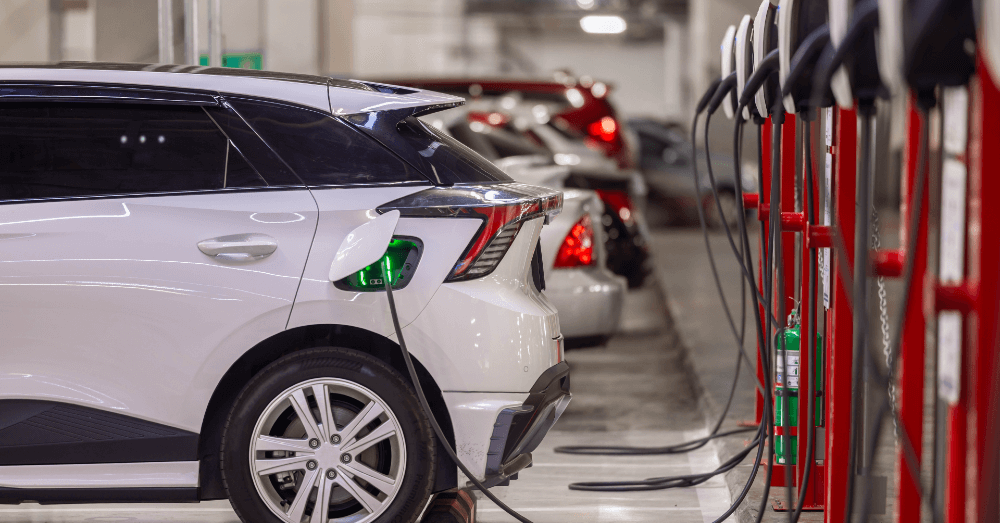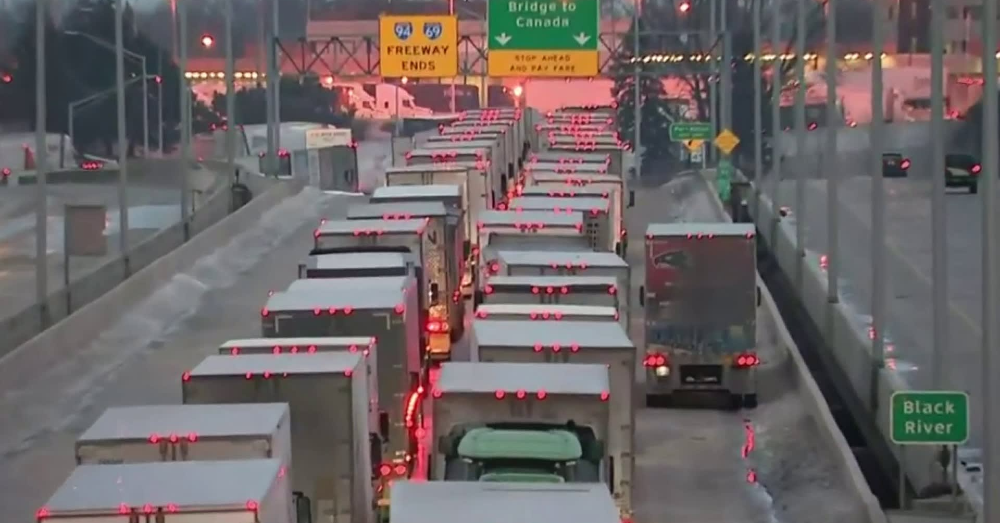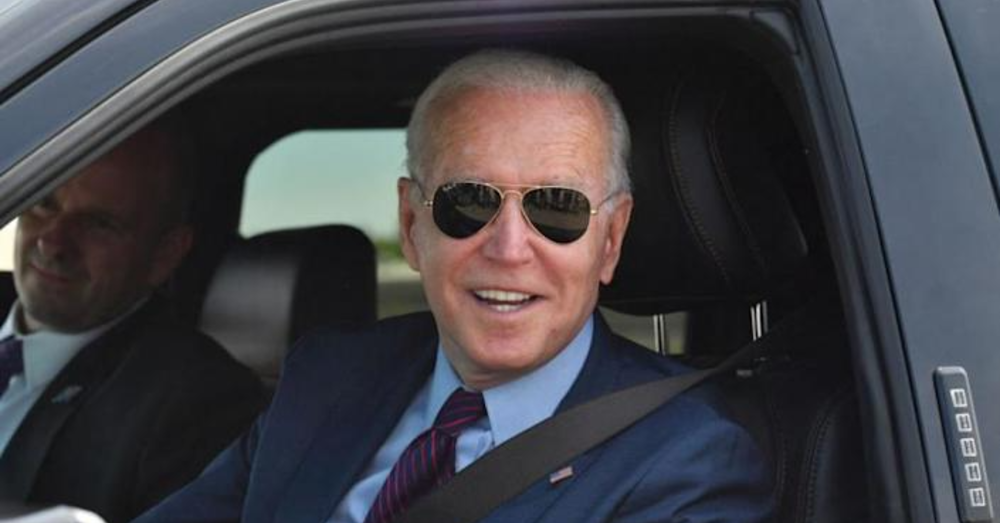
How the US Government Is Impacting EV Sales in America
The US Government is pushing for more EV sales in America through the end of the decade. Should the government be involved in this aspect of our lives?
If the government wasn’t involved in EV sales, would we be as far along as we are? Most automakers were already working on new EVs before the proposal to increase EV sales to 50% of overall vehicle sales by the end of the decade was proposed. While many might wish the government would keep its hands out of this market, there are some ways the impact is helpful in moving this technology forward.
Is widespread adoption a reality?
Global EV sales were pushing up against a total of two million vehicles in 2020, but that figure has grown quite rapidly over the past few years. In America, there are 289 million registered cars on the road, and only two million of them are electric. This is an extremely small portion of the market, but that figure could skyrocket as EVs become more plentiful, affordable, and supported by a larger infrastructure.
The push for more EV
A new presidential term began in 2021, and one of the first things signed was a proposal to help the automotive industry push toward 50% EV sales by the end of the decade. Government support can be a huge boon to this industry, especially in terms of infrastructure with more charging ports and the drive to cut down on tailpipe emissions. Although the US Government is pushing for more EVs, the best way to increase EV sales is to cut down on other vehicle options while increasing the number of EVs. This is already taking place across the industry.
Charging is a must
In addition to the directive to continue improving EV numbers, the US Government has had a massive impact on EV sales with the growth of the number of public charging stations around the country. Eventually, there will need to be as many charging stations as gas stations to ensure drivers can comfortably make the transition to electric vehicles without worrying about where they will charge their EVs.
Note:At-home charging is still the preferred method, but that would mean Americans wouldn’t take road trips in their EVs, which makes public chargers important.
Infrastructure and Jobs Act
The Infrastructure and Jobs Act allocated $7.5 billion to help create a nationwide charging network. This network will include several fast chargers along the interstate highway system. The goal is to provide up to 500,000 new EV chargers around the country along the highways, which means drivers should easily be able to find a charger when they need one. Studies show this is a good start, but the figures will need to be doubled in order to support the expected number of EVs on the road in 2030.
How fast does a vehicle charge?
The federal government has been in support of continued electric vehicle growth and development, but it’s up to the automakers to figure out the charging speed problem. What’s the problem? Electric vehicles cannot charge as fast as a gas-powered vehicle can be refueled. Additionally, only 70% of the maximum charging range is useful for drivers who intend to charge their EVs at public stations. These vehicles need to have at least 10% remaining charge when plugged in, and the fast-charging process will stop when the batteries reach 80% capacity.
Incentives continue to be offered
The Inflation Reduction Act includes an amazing incentive for new drivers of EVs. This shows how the US Government has a massive impact on EV sales in America. The incentive allows drivers to enjoy up to $7,500 off the price of an electric vehicle. Unlike the previous incentive, drivers can take this credit at the dealership, which immediately lowers the vehicle’s price. For vehicles that don’t qualify for the tax incentive during a purchase, the incentive can still be used as a lease incentive.
The California factor
California has generally adopted vehicle emissions standards that go beyond the federal standards. In order for EV sales and adoption to be a nationwide success, all states will need to adopt the California standards. So far, 14 states have adopted the zero-emission and low-emission targets of California. We might not see every state adopt these standards, but the California standards could become the federal government standards.
The US Government helps push EV sales forward, which pushes automakers to grow EVs and work toward a zero-emission future. Will this push continue into the next presidential term, or will we see the progress reversed?
This post may contain affiliate links. Meaning a commission is given should you decide to make a purchase through these links, at no cost to you. All products shown are researched and tested to give an accurate review for you.



